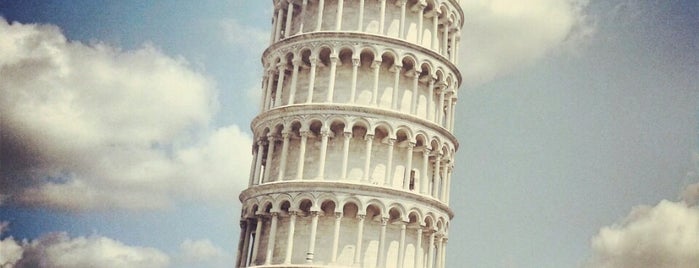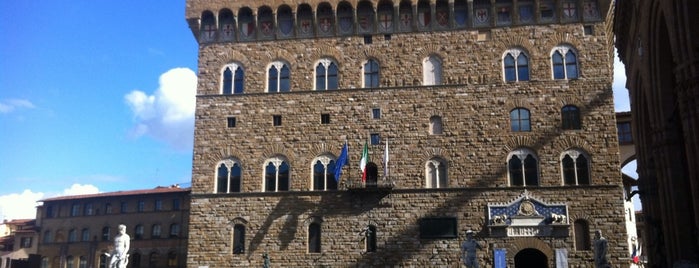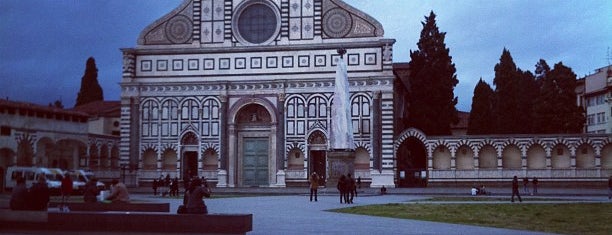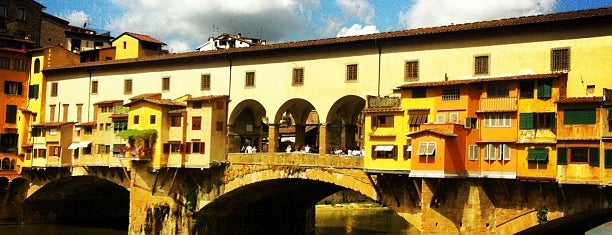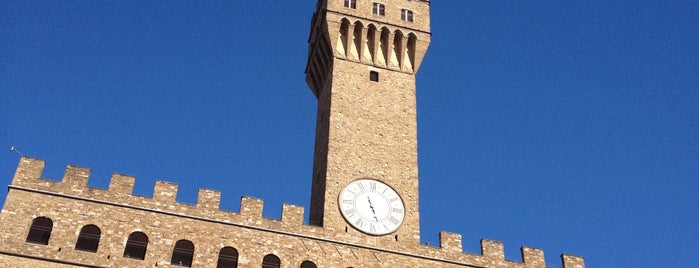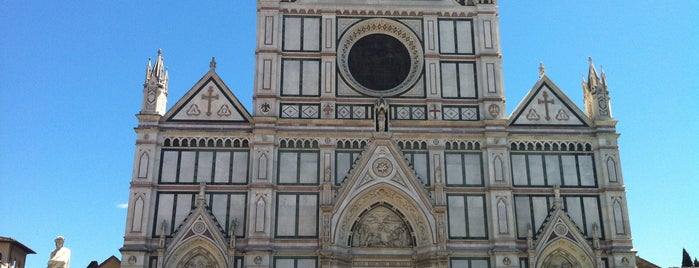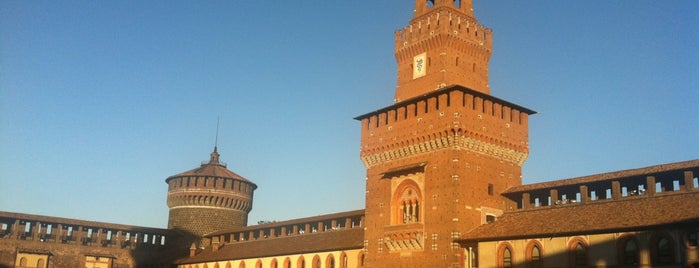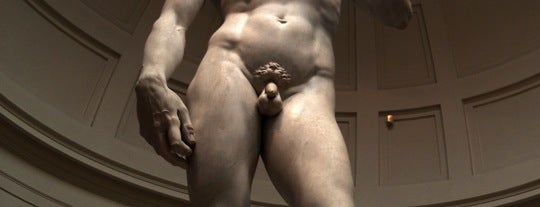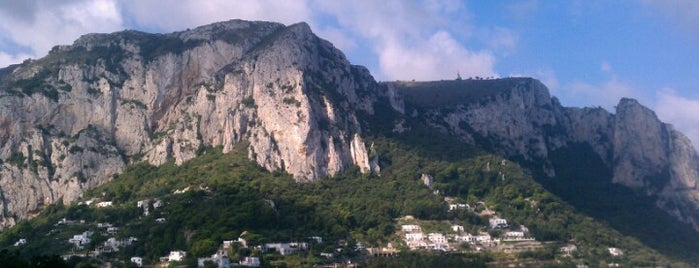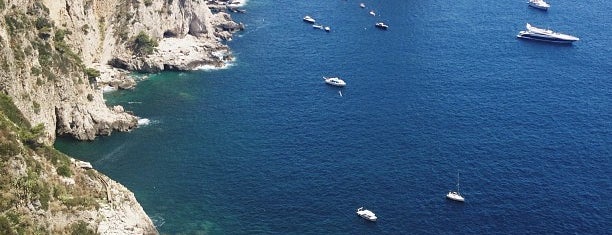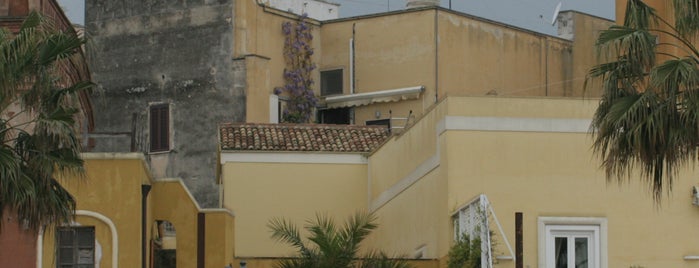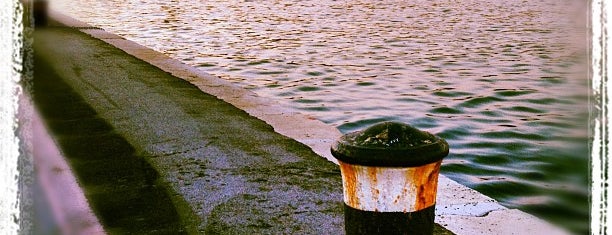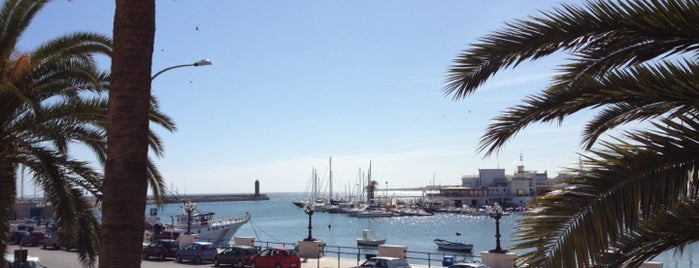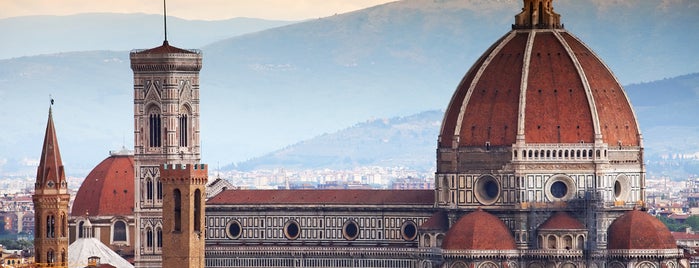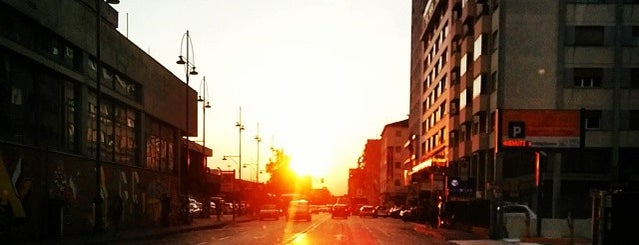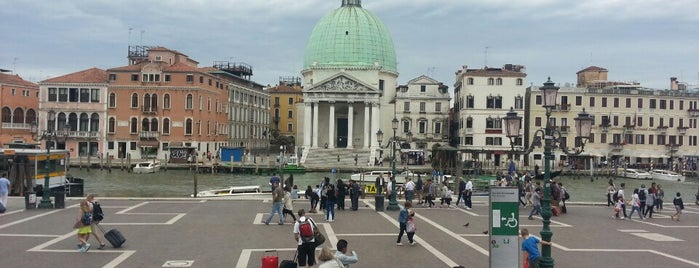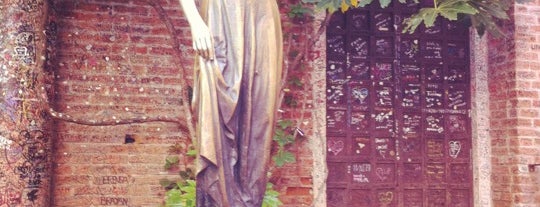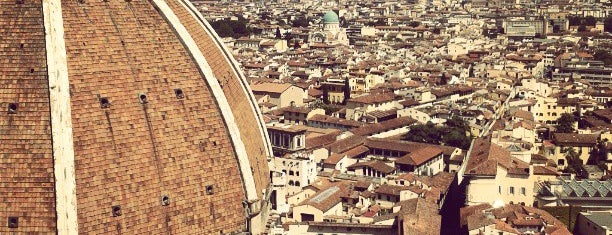![]() Il progetto di costruzione fu commissionato dal mercante Luca Pitti al Brunelleschi. I lavori iniziarono intorno al 1457, ma furono interrotti nel 1465, per la decadenza della famiglia Pitti. Read more.
Il progetto di costruzione fu commissionato dal mercante Luca Pitti al Brunelleschi. I lavori iniziarono intorno al 1457, ma furono interrotti nel 1465, per la decadenza della famiglia Pitti. Read more.
![]() Il Duomo è una delle più grandi chiese esistenti. Fu iniziato da Arnolfo di Cambio intorno al 1296 nel luogo ove sorgeva la cattedrale romanica di Santa Reparata, cattedrale di Firenze. Read more.
Il Duomo è una delle più grandi chiese esistenti. Fu iniziato da Arnolfo di Cambio intorno al 1296 nel luogo ove sorgeva la cattedrale romanica di Santa Reparata, cattedrale di Firenze. Read more.
![]() The refectory of the Convent of Santa Maria delle Grazie forms an integral part of this architectural complex, begun in Milan in 1463 and reworked at the end of the 15th century by Bramante Read more.
The refectory of the Convent of Santa Maria delle Grazie forms an integral part of this architectural complex, begun in Milan in 1463 and reworked at the end of the 15th century by Bramante Read more.
![]() Standing in a large green expanse, Piazza del Duomo houses a group of monuments known the world over. These four masterpieces of medieval architecture had a great influence on monumental art in Italy Read more.
Standing in a large green expanse, Piazza del Duomo houses a group of monuments known the world over. These four masterpieces of medieval architecture had a great influence on monumental art in Italy Read more.
![]() When Vesuvius erupted on 24 August AD 79, it engulfed the two flourishing Roman towns of Pompei and Herculaneum, as well as the many wealthy villas in the area. Read more.
When Vesuvius erupted on 24 August AD 79, it engulfed the two flourishing Roman towns of Pompei and Herculaneum, as well as the many wealthy villas in the area. Read more.
![]() Assisi, a medieval city built on a hill, is the birthplace of Saint Francis, closely associated with the work of the Franciscan Order. Its medieval art masterpieces, such as the Basilica of San Read more.
Assisi, a medieval city built on a hill, is the birthplace of Saint Francis, closely associated with the work of the Franciscan Order. Its medieval art masterpieces, such as the Basilica of San Read more.
![]() From the Neapolis founded by Greek settlers in 470 B.C. to the city of today, Naples has retained the imprint of the successive cultures that emerged in Europe and the Mediterranean basin Read more.
From the Neapolis founded by Greek settlers in 470 B.C. to the city of today, Naples has retained the imprint of the successive cultures that emerged in Europe and the Mediterranean basin Read more.
![]() 4th - Academy gallery (Visitors: 1.170.933)It houses some sculptures by Michelangelo and a picture gallery of minor Florentine painter representants from the XIII to XIX century. Read more.
4th - Academy gallery (Visitors: 1.170.933)It houses some sculptures by Michelangelo and a picture gallery of minor Florentine painter representants from the XIII to XIX century. Read more.
![]() The Colosseum is one of the most recognized monuments of ancient Rome. A masterpiece of classical architecture, it is an enormous amphitheater where gladiators once battled before 50,000 spectators. Read more.
The Colosseum is one of the most recognized monuments of ancient Rome. A masterpiece of classical architecture, it is an enormous amphitheater where gladiators once battled before 50,000 spectators. Read more.
![]() Its historic center is a living archive of both European and Italian culture, composed of properties that earned Florence’s nomination as one of the very first Italian UNESCO W.H.S., in 1982. Read more.
Its historic center is a living archive of both European and Italian culture, composed of properties that earned Florence’s nomination as one of the very first Italian UNESCO W.H.S., in 1982. Read more.

